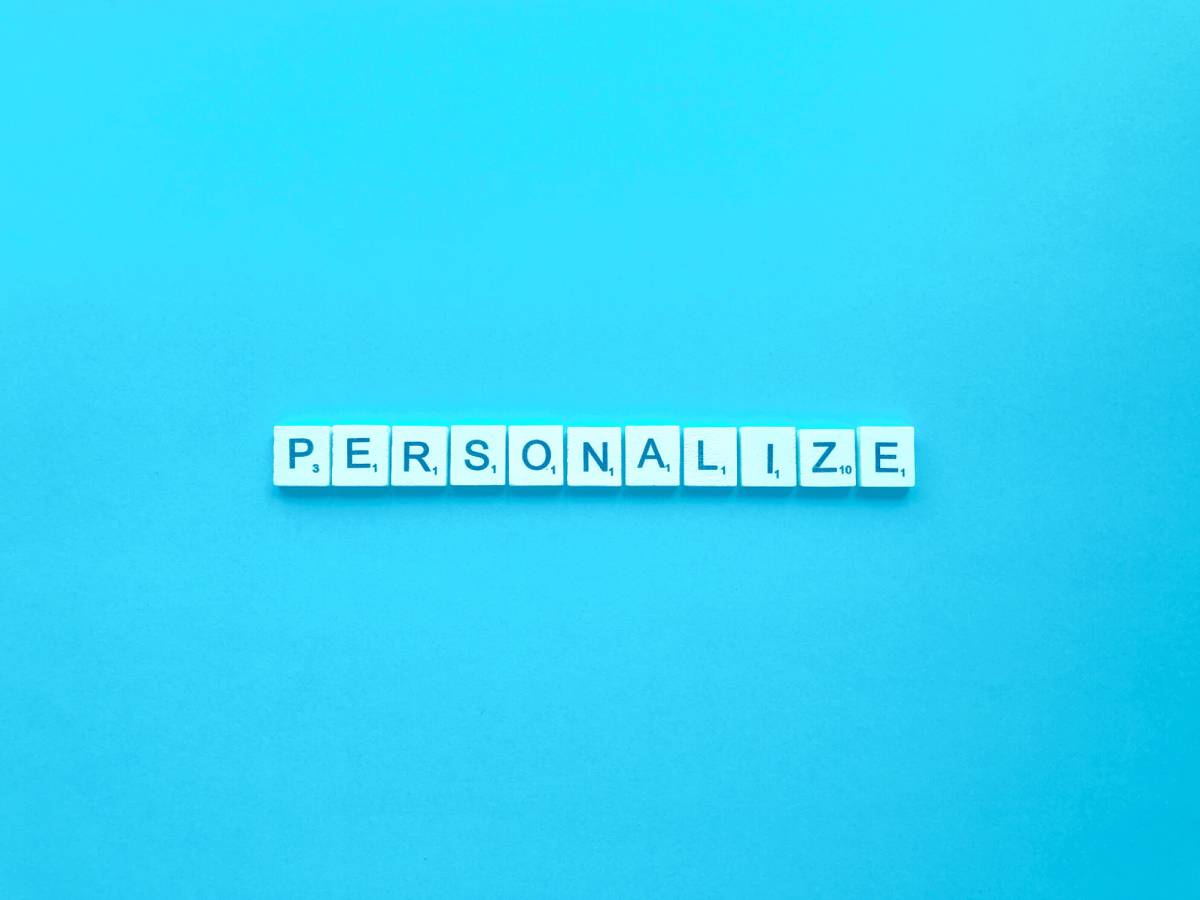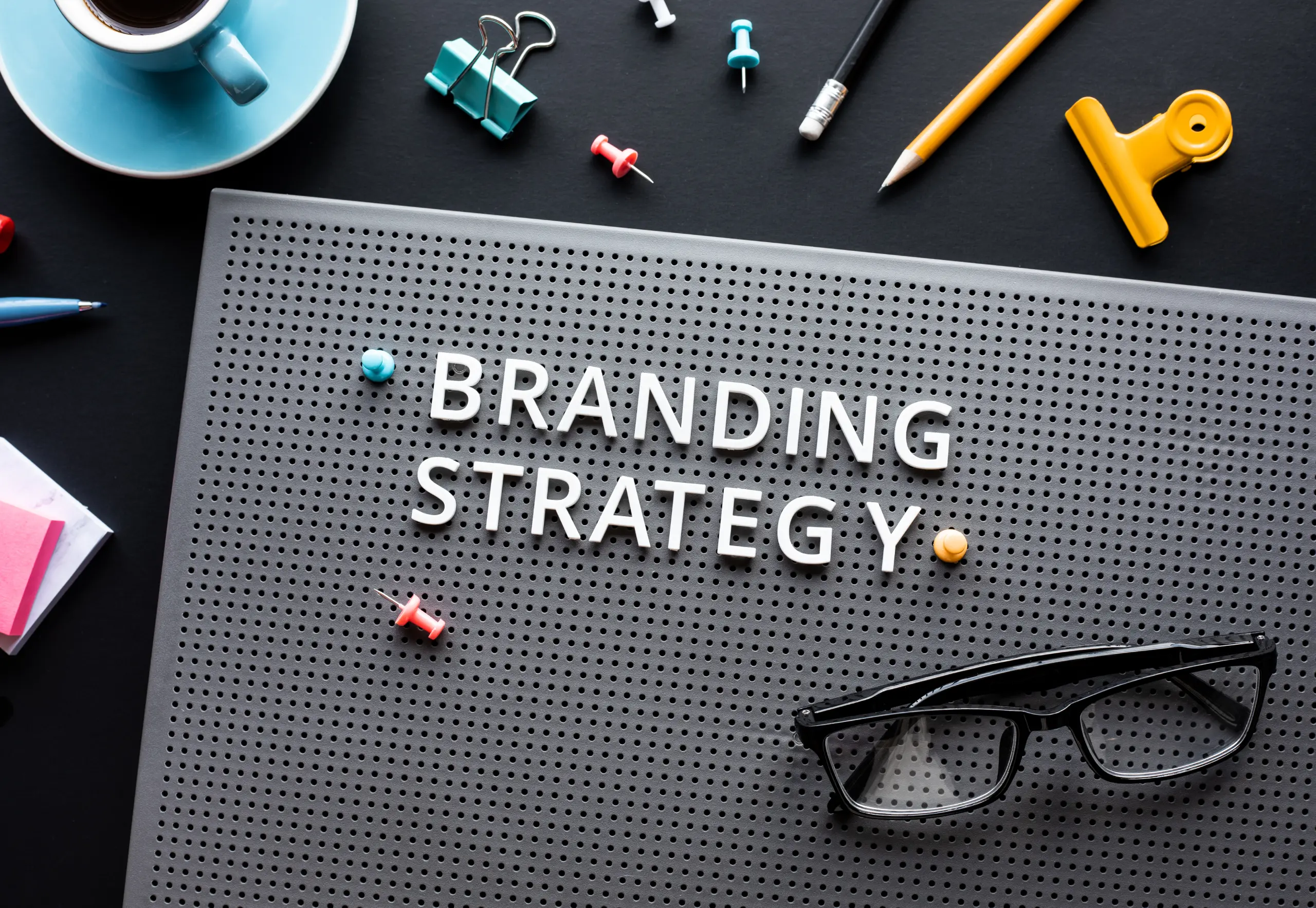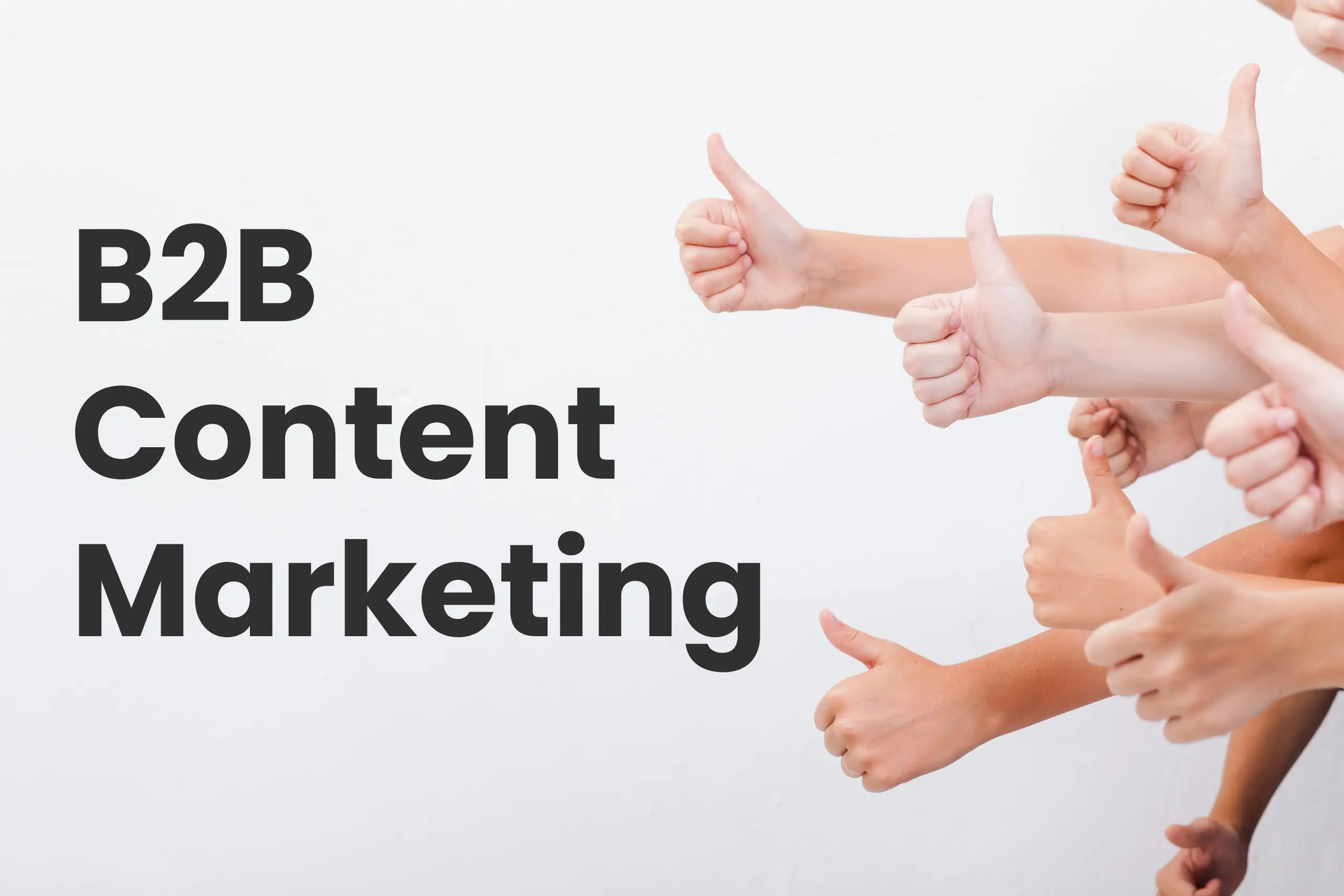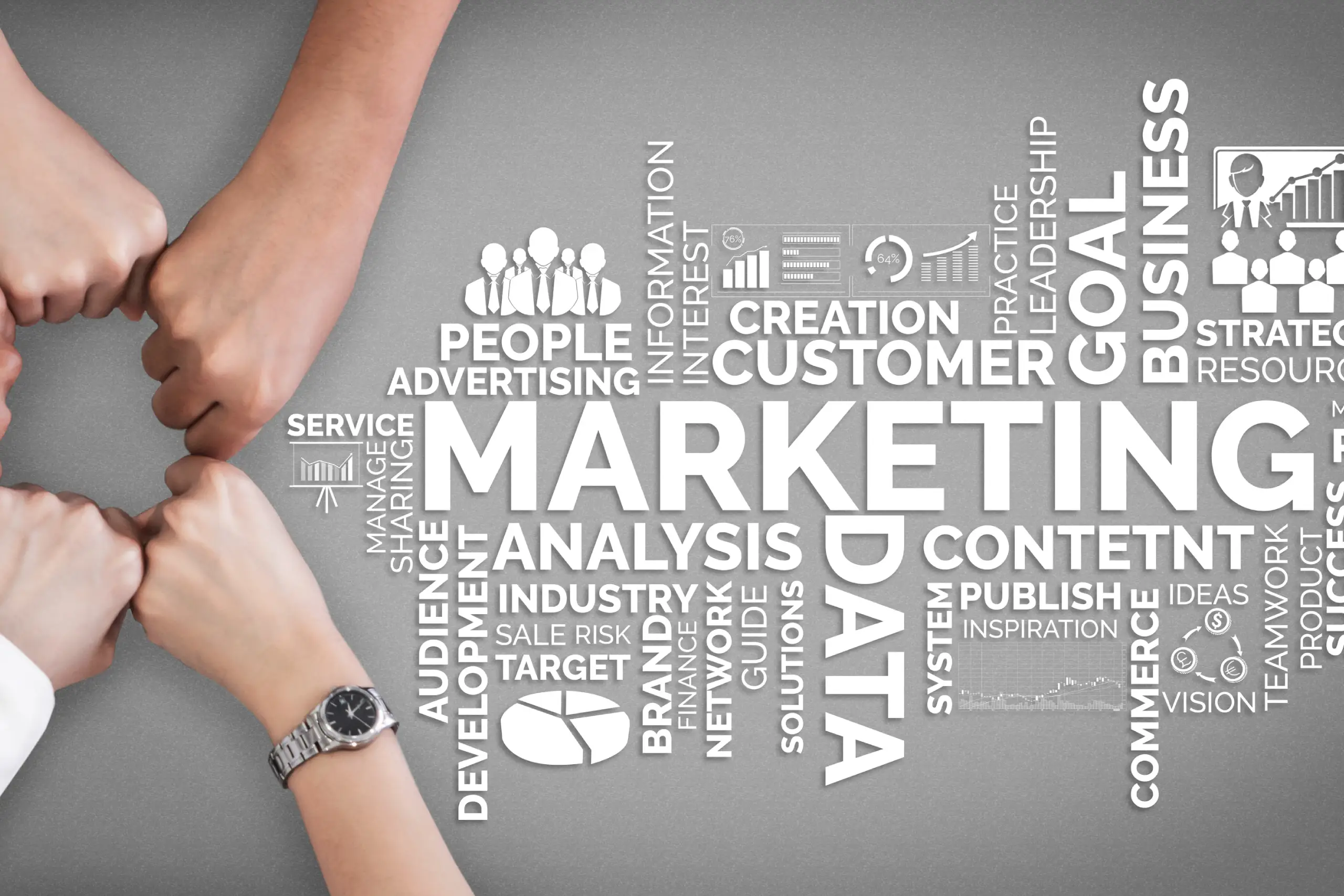B2B marketing is the practice of promoting products or services to other businesses. Unlike B2C marketing, which targets individual consumers, B2B marketing requires a different approach that considers the needs and preferences of decision-makers in organizations. In this blog post, I will explore some of the emerging B2B marketing trends that can help you stand out from the competition and attract more clients.
Integration of AI and Automation
Artificial intelligence (AI) and automation are transforming the B2B marketing landscape. Marketers like us are using AI to automate tasks such as lead generation, content creation, and social media marketing. This frees up our time to focus on more strategic initiatives.
To integrate AI and automation into your B2B marketing strategy, start by identifying the tasks that can be automated. Once you’ve identified these tasks, you can start to research AI and automation tools that can help you automate them.
Here are some of the top AI and automation trends for B2B marketing:
- AI-powered lead generation: AI can be used to automate the lead generation process, including identifying potential leads, qualifying them, and scoring them. This can free up marketers’ time to focus on other tasks, such as nurturing leads and closing deals.
- Personalized marketing: AI can be used to personalize marketing messages and experiences for each individual buyer. This includes tailoring content, offers, and outreach to the buyer’s specific needs and interests.
- Predictive analytics: AI can be used to predict buyer behavior and identify trends. This information can be used to improve marketing campaigns and decision-making.
- Conversational marketing: AI can be used to create chatbots that can interact with buyers and answer their questions. This can help marketers to provide 24/7 support and engage with buyers in a more personalized way.
- Marketing automation platforms: Marketing automation platforms (MAPs) are becoming increasingly powerful and sophisticated. MAPs can be used to automate a wide range of marketing tasks, such as email marketing, social media marketing, and lead nurturing.
Here are some examples of how B2B marketers are using AI and automation:
- Adobe is using AI to personalize its marketing messages. Adobe uses AI to analyze customer data and identify patterns. This information is then used to create personalized messages for each customer.
- Salesforce is using AI to predict buyer behavior. Salesforce uses AI to analyze customer data and identify trends. This information is then used to predict buyer behavior and help marketers to target their campaigns more effectively.
- HubSpot is using AI to automate the lead generation process. HubSpot’s Sales Hub platform uses AI to identify potential leads, qualify them, and score them. This helps marketers to focus their efforts on the most promising leads.
- LinkedIn is using AI to power its Sales Navigator platform. LinkedIn’s Sales Navigator platform uses AI to help salespeople identify and connect with potential buyers.
Personalization
Personalization is not a new concept in marketing, but it is becoming more important and sophisticated in the B2B context. According to a report by Salesforce, 72% of business buyers expect vendors to personalize their communications and offers. Personalization can help you create a stronger connection with your prospects, increase their trust and loyalty, and boost your conversion rates. Some of the ways you can personalize your B2B marketing are:
- Segmenting your audience based on their industry, company size, role, pain points, goals, and behavior. For example, you can create different email campaigns for different segments based on their level of interest, engagement, or readiness to buy.
- Creating buyer personas that represent your ideal customers and tailor your content and messages to their needs and interests. For example, you can create different landing pages for different personas that highlight the benefits and features that are most relevant to them.
- Using dynamic content that adapts to the context and preferences of each visitor on your website, landing pages, emails, and ads. For example, you can use geo-targeting to show local offers or testimonials to visitors from different locations.
- Leveraging data and analytics to understand your customers’ behavior and preferences and optimize your campaigns accordingly. For example, you can use A/B testing to compare different versions of your content or offers and see which one performs better.

Account Based Marketing
Account-based marketing (ABM) is a B2B marketing strategy that focuses on specific accounts. ABM is becoming increasingly popular in the B2B space, as it allows marketers to tailor their messaging to the specific needs of each account.
ABM is a good fit for B2B businesses that have a long sales cycle and a relatively small number of high-value accounts. ABM can help businesses to close more deals, shorten the sales cycle, and increase customer lifetime value.
Here are some ways that B2B marketers can use ABM to improve their results:
- Identify your target accounts. The first step is to identify your target accounts. These are the accounts that have the highest potential value to your business.
- Create personalized content and messaging. Once you have identified your target accounts, you need to create personalized content and messaging for each account. This content and messaging should be tailored to the specific needs and interests of each account.
- Use a variety of channels to reach your target accounts. You can use a variety of channels to reach your target accounts, such as email, social media, and direct mail.
- Track and measure your results. It’s important to track and measure the results of your ABM campaigns. This will help you to identify what’s working and what’s not.
ABM can be a powerful tool for B2B businesses. By using Account Based Marketing, businesses can close more deals, shorten the sales cycle, and increase customer lifetime value.
How ABM is changing B2B marketing
ABM is changing B2B marketing in a number of ways. First, ABM is making marketing more targeted and personalized. Second, ABM is helping to break down the silos between marketing and sales. Third, ABM is helping businesses to focus on their most important accounts.
As ABM continues to grow in popularity, it is likely to have a significant impact on the way that B2B marketing is done.

Chatbots and Conversational Marketing
Chatbots and conversational marketing are two of the top B2B marketing trends. Chatbots are computer programs that can simulate conversation with humans. Conversational marketing is a marketing approach that focuses on building relationships with customers through two-way conversations.
Chatbots and conversational marketing can be used together to create a more personalized and engaging experience for B2B buyers. Chatbots can be used to answer buyer questions, provide support, and even schedule demos. Conversational marketing can be used to nurture leads and build relationships with buyers over time.
Here are some ways that B2B marketers are using chatbots and conversational marketing:
- Qualifying leads: Chatbots can be used to qualify leads by asking them questions about their needs and budget. This can help marketers to focus their efforts on the most promising leads.
- Nurturing leads: Chatbots can be used to nurture leads by sending them personalized content and offers. This can help marketers to move leads through the sales funnel.
- Providing support: Chatbots can be used to provide support to customers 24/7. This can help businesses to improve their customer service and reduce costs.
- Scheduling demos: Chatbots can be used to schedule demos for buyers. This can make it easier for buyers to learn about a product or service and make a purchase decision.
Here are some examples of how B2B companies are using chatbots and conversational marketing:
- HubSpot: HubSpot uses chatbots to qualify and nurture leads. HubSpot’s chatbots ask leads questions about their needs and budget, and they then send leads personalized content and offers.
- Salesforce: Salesforce uses chatbots to provide support to customers. Salesforce’s chatbots can answer customer questions and help customers to resolve issues.
- LinkedIn: LinkedIn uses chatbots to help salespeople connect with potential buyers. LinkedIn’s chatbots can send personalized messages to potential buyers and schedule meetings for salespeople.
Chatbots and conversational marketing can be powerful tools for B2B marketers. By using chatbots and conversational marketing, businesses can qualify and nurture leads, provide support to customers, and schedule demos.
How chatbots and conversational marketing are changing B2B marketing
Chatbots and conversational marketing are changing B2B marketing in a number of ways. First, chatbots and conversational marketing are making marketing more personalized and engaging. Second, chatbots and conversational marketing are helping to break down the silos between marketing and sales. Third, chatbots and conversational marketing are helping businesses to focus on their most important customers.
As chatbots and conversational marketing continue to grow in popularity, they are likely to have a significant impact on the way that B2B marketing is done.
Intent Data
Intent data is the information that reveals the online behavior and interests of your prospects. It can help you identify who is actively looking for solutions like yours, what topics they are researching, what content they are consuming, and what actions they are taking. By using intent data, you can:
- Generate more qualified leads by targeting prospects who are in the market for your products or services. For example, you can use third-party data providers such as [Bombora] or [G2] to find out which companies are showing high intent signals for topics related to your industry or niche.
- Nurture your leads with relevant content and offers that match their stage in the buyer’s journey. For example, you can use first-party data from your website or CRM to track the pages visited, forms filled, or downloads made by your leads and send them personalized emails or ads based on their actions.
- Increase your conversion rates by reaching out to prospects at the right time with the right message. For example, you can use co-op data from other non-competing businesses in your industry or niche to share or exchange leads who have shown interest in similar solutions or topics.
- Retain your customers by anticipating their needs and providing them with value-added services. For example, you can use first-party data from your email marketing or social media to monitor the feedback, comments, or reviews of your customers and offer them timely support or incentives.
There are different sources of intent data, such as:
- First-party data: This is the data that you collect from your own website, CRM, email marketing, social media, and other channels. It can help you understand how your existing customers and leads interact with your brand.
- Third-party data: This is the data that you buy or access from external providers, such as publishers, platforms, or networks. It can help you discover new prospects who are showing interest in topics related to your industry or niche.
- Co-op data: This is the data that you share or exchange with other non-competing businesses in your industry or niche. It can help you expand your reach and access more relevant intent signals.
Video Marketing
Video marketing is one of the most effective ways to capture attention, engage audiences, and convey complex information in a simple and appealing way.
Some of the benefits of video marketing for B2B are:
- Increasing brand awareness and visibility by creating videos that showcase your value proposition, expertise, testimonials, case studies, or social proof. For example, you can create a video series that features interviews with your customers or partners who share their success stories or challenges with your products or services.
- Educating and informing your prospects by creating videos that explain your products or services, demonstrate how they work, answer frequently asked questions, or provide tips and best practices. For example, you can create a video tutorial that shows how to use your software or a video infographic that highlights the key statistics or facts about your industry or niche.
- Building trust and credibility by creating videos that feature your team members, customers, partners, or influencers who can vouch for your brand. For example, you can create a video testimonial that showcases the feedback or results of your customers or a video interview that features an expert or thought leader who endorses your brand or solution.
- Driving action and conversion by creating videos that include clear calls to action, such as signing up for a free trial, downloading a white paper, requesting a demo, or contacting a sales representative. For example, you can create a video case study that shows how your product or service helped a client achieve their goals and invite the viewers to learn more or get in touch with you.
Omnichannel Marketing
Omnichannel marketing is the practice of delivering a consistent and seamless customer experience across multiple channels and touchpoints. It means that you have to align your marketing strategy with the preferences and behavior of your prospects and customers, who may use different devices, platforms, or mediums to interact with your brand. Some of the advantages of omnichannel marketing for B2B are:
- Improving customer satisfaction and loyalty by providing them with a convenient and personalized experience that meets their expectations and needs. For example, you can use chatbots to provide instant and automated responses to common queries or requests on your website or social media.
- Increasing customer retention and advocacy by providing them with consistent support and value throughout their lifecycle. For example, you can use email marketing to send them relevant content or offers based on their behavior or interests.
- Boosting customer lifetime value by cross-selling or upselling relevant products or services that enhance their outcomes or solve their challenges. For example, you can use webinars to showcase your new features or updates and invite them to upgrade or renew their subscription.
- Enhancing customer insights and analytics by tracking and measuring customer behavior across different channels and touchpoints. For example, you can use Google Analytics to see how your website visitors move from one channel to another and optimize your conversion funnel accordingly.
Some of the channels that you can use for omnichannel marketing are:
- Website: Your website is your online storefront where you can showcase your products or services, generate leads, provide information, and drive conversions.
- Email: Email is one of the most effective and widely used channels for B2B marketing, as it allows you to communicate with your prospects and customers in a personalized and timely manner.
- Social media: Social media is a great channel for B2B marketing, as it allows you to increase your brand awareness, engage your audience, share valuable content, and generate referrals.
- Webinars: Webinars are online events that allow you to educate, inform, and demonstrate your products or services to a large and targeted audience.
- Podcasts: Podcasts are audio shows that allow you to share your expertise, insights, and stories with your audience in an engaging and authentic way.
- Chatbots: Chatbots are software applications that use artificial intelligence to simulate human conversations and provide instant and automated responses to common queries or requests.
Thought Leadership Content
Thought leadership content is the content that showcases your expertise, authority, and credibility in your industry or niche. It can help you establish yourself as a trusted source of information, insights, and solutions for your prospects and customers. Some of the benefits of thought leadership content for B2B are:
- Attracting more organic traffic and leads by creating content that ranks well on search engines and answers the questions or challenges of your audience. For example, you can create blog posts that cover topics related to your industry or niche using keywords that your audience is searching for.
- Building trust and reputation by creating content that demonstrates your knowledge, experience, and achievements in your field. For example, you can create white papers that present your research, analysis, or findings on a complex issue or problem.
- Influencing decision-making by creating content that provides valuable guidance, recommendations, or opinions on relevant topics or trends. For example, you can create e-books that offer solutions or best practices for common pain points or goals of your audience.
- Differentiating yourself from competitors by creating content that showcases your unique value proposition, vision, or perspective. For example, you can create infographics that highlight the key differences or advantages of your products or services over others.
Some of the types of thought leadership content that you can create are:
- Blog posts: Blog posts are articles that allow you to share your ideas, opinions, or insights on topics related to your industry or niche.
- E-books: E-books are long-form content that allow you to dive deeper into a specific topic or theme and provide comprehensive information or solutions.
- White papers: White papers are authoritative reports that allow you to present your research, analysis, or findings on a complex issue or problem.
- Case studies: Case studies are stories that allow you to highlight your success stories, best practices, or lessons learned from working with your clients or partners. For example, you can create a video case study that shows how your product or service helped a client achieve their goals and invite the viewers to learn more or get in touch with you.
Sustainability and Ethics
Sustainability and ethics are becoming increasingly important trends in B2B marketing. Buyers are increasingly looking to do business with companies that are committed to these values.
Here are some ways that B2B marketers can incorporate sustainability and ethics into their marketing strategies:
- Highlight your sustainability and ethical initiatives. Be transparent about your commitment to sustainability and ethics. Communicate your initiatives to your target audience and show how you’re making a difference in the world.
- Partner with sustainable and ethical suppliers. When choosing suppliers, consider their sustainability and ethical practices. This will help to ensure that your supply chain is sustainable and ethical.
- Promote your sustainable and ethical products and services. If you offer sustainable and ethical products and services, be sure to promote them. Buyers are looking for products and services that align with their values.
- Support sustainable and ethical causes. Support sustainable and ethical causes through your marketing campaigns. For example, you could donate a portion of your profits to a sustainable or ethical charity.
By incorporating sustainability and ethics into your B2B marketing strategy, you can attract more customers, build trust, and position your company as a leader in your industry.
Conclusion
B2B marketing is constantly evolving and adapting to the changing needs and expectations of business buyers. By following these B2B marketing trends, you can stay ahead of the curve and create a competitive edge for your marketing agency. If you need help with creating effective B2B marketing campaigns, contact us today and let us help you achieve your goals.
This is the end of the blog post that I have created for you. I hope you find it useful and informative. If you have any feedback or questions, please let me know. 😊
- Personalization: Delivering relevant and customized experiences to your prospects and customers based on their behavior, preferences, and needs.
- Intent data: Identifying and targeting prospects who are actively looking for solutions like yours based on their online behavior and interests.
- Video marketing: Creating and distributing engaging and informative videos that showcase your value proposition, expertise, testimonials, case studies, or social proof.
- Omnichannel marketing: Delivering a consistent and seamless customer experience across multiple channels and touchpoints.
- Thought leadership content: Creating and sharing content that showcases your expertise, authority, and credibility in your industry or niche.



